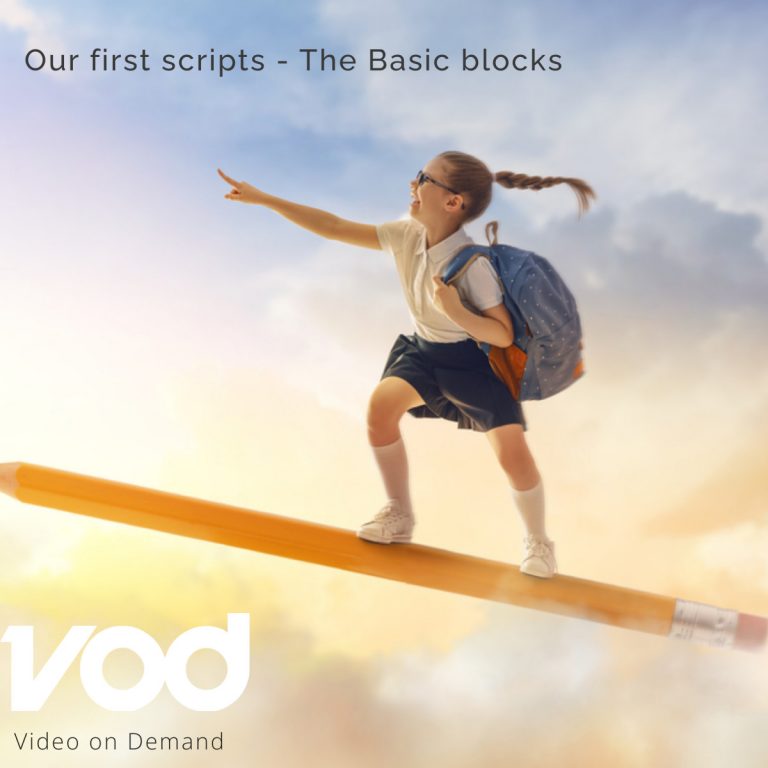 Difference between Blockchain based VOD and centralized VOD
Difference between Blockchain based VOD and centralized VOD
The main difference between Blockchain-based Video on Demand (VOD) and Centralized VOD is the way the video content is delivered and managed. Centralized VOD relies on a central server or servers to store and deliver video content to users, while Blockchain-based VOD distributes video content across a decentralized network of computers and nodes.
Here are some of the key differences between Blockchain-based VOD and Centralized VOD:
Decentralization: As mentioned earlier, the main difference between Blockchain-based VOD and Centralized VOD is the level of decentralization. Centralized VOD relies on a central server or servers to store and deliver video content to users. This centralization can make the system vulnerable to single points of failure and hacking attacks. In contrast, Blockchain-based VOD distributes video content across a decentralized network of computers and nodes. This decentralization can make the system more resilient and secure against hacking attacks.

Transparency: Another key difference between Blockchain-based VOD and Centralized VOD is transparency. Blockchain-based VOD uses a distributed ledger to record transactions and interactions between users and the system. This ledger is transparent and tamper-proof, which can increase trust and transparency in the system. In contrast, Centralized VOD may rely on proprietary systems and processes, which can make it more difficult for users to understand how the system works and how their data is being used.
Cost: Blockchain-based VOD can potentially reduce costs associated with centralized VOD. Blockchain-based VOD eliminates the need for intermediaries such as streaming services and payment processors. This can reduce the cost of content delivery, which can benefit both content creators and viewers. Centralized VOD, on the other hand, may require more infrastructure, such as centralized servers, to support the delivery of video content.
User Control: Blockchain-based VOD may offer more control to users over their data and interactions with the system. Blockchain technology can enable features such as smart contracts, which can automate processes and reduce the need for intermediaries. This can give users more control over how their data is used and who has access to it. Centralized VOD may require users to provide personal information and payment details, which can limit user control.
In summary, Blockchain-based VOD and Centralized VOD have key differences in terms of decentralization, transparency, cost, and user control. While Blockchain-based VOD has the potential to offer more security, transparency, and control to users, Centralized VOD has the advantage of being a more established and familiar technology for many users.
A Blockchain based Decentralized On Demand Video Streaming Platform ($VOD) Web3 video streaming app, suitable for movies, videos, reviews and streaming.
$VOD become Big Alternative for SVOD,AVOD,TVOD & VOD Platforms !
Subscribe & Watch your favorite videos!
Check the $VOD DAPP @ https://vodpo.com
$VOD Presale @ https://ico.vodblockchain.com
Media/PR - VOD BLOCKCHAIN